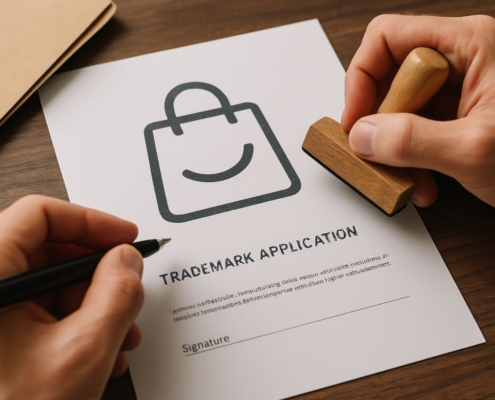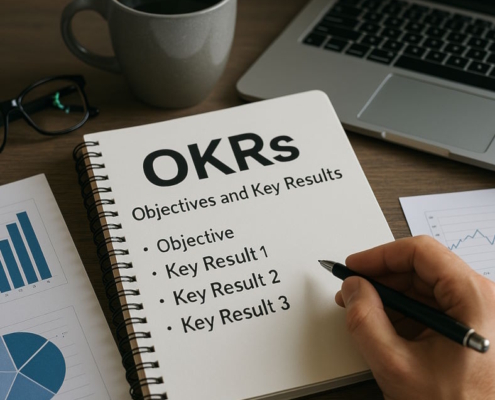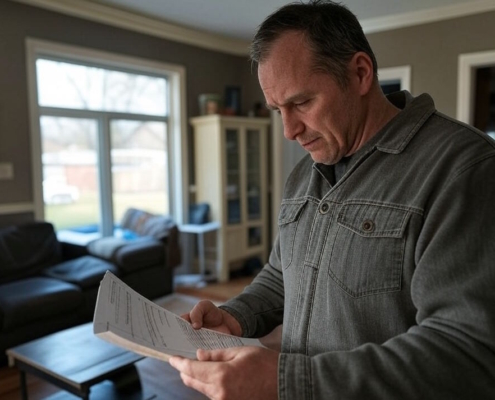The Financial Liabilities of a General Partner in a Partnership and Strategies to Limit Personal Liability
In a general partnership, partners share the management, profits, and liabilities of the business. General partners face significant financial liabilities because they are personally responsible for the debts and obligations of the partnership. Understanding these liabilities and strategies to limit personal exposure is critical for anyone considering becoming a general partner in such a business structure.
Financial Liabilities of a General Partner
1. Unlimited Personal Liability
The defining characteristic of a general partner’s financial liability is unlimited personal liability. Each general partner is personally responsible for the partnership’s debts and obligations. If the partnership cannot pay its debts, creditors can pursue the personal assets of any general partner, including savings accounts, real estate, and other personal property.
For example, if a partnership takes out a loan and defaults on repayment, the lender can sue the general partners individually. This risk extends beyond business debts to include legal judgments, such as those arising from lawsuits for negligence or breach of contract.
2. Joint and Several Liability
In many jurisdictions, general partners are subject to joint and several liability. This means that creditors can sue one or all of the general partners for the full amount of the debt, regardless of each partner’s individual share in the partnership. If one partner has greater personal wealth, they may end up paying a disproportionate amount of the partnership’s obligations.
For instance, if a partnership incurs a $500,000 debt and one partner has substantial personal assets while the others do not, the wealthier partner may bear the brunt of satisfying the debt even if they were minimally involved in incurring it.
3. Liability for Acts of Other Partners
General partners are also financially liable for the actions of their co-partners when those actions are conducted within the scope of the partnership’s business. This includes obligations arising from contracts, negligence, or even wrongful acts committed by another partner.
For example, if one partner enters into a contract without the consent of the others and the partnership defaults on its obligations, all partners may be held liable. Similarly, if a partner causes harm to a third party while performing partnership duties, all partners could share the resulting liability.
4. Liability for Partnership Torts
Torts committed by employees or agents of the partnership can also result in financial liabilities for general partners. If an employee causes an accident while performing their duties, the partnership and its general partners could be sued for damages under the doctrine of vicarious liability.
5. Obligations Upon Dissolution
General partners remain liable for debts and obligations incurred before the dissolution of the partnership. In some cases, they may also be responsible for obligations arising during the winding-up process.
Strategies to Limit Personal Liability
While general partners face extensive financial exposure, there are several strategies they can employ to limit their personal liability. These strategies range from structuring the business differently to obtaining appropriate insurance and drafting effective agreements.
1. Formation of a Limited Liability Partnership (LLP)
One of the most effective ways to limit liability is by forming a Limited Liability Partnership (LLP). In an LLP, partners have protection against personal liability for the debts and obligations of the partnership. Unlike a general partnership, creditors cannot pursue the personal assets of an LLP partner unless that partner has personally guaranteed a debt or engaged in wrongful conduct.
For example, in California, forming an LLP is common among professionals such as lawyers and accountants, as it combines the operational flexibility of a partnership with liability protection similar to that of a corporation.
2. Incorporating the Business
Another approach is to incorporate the business as a Limited Liability Company (LLC) or a corporation. In these structures, the liability of the owners (referred to as shareholders in a corporation or members in an LLC) is limited to their investment in the business. This protects personal assets from creditors and lawsuits, except in cases of fraud or personal guarantees.
3. Drafting a Partnership Agreement
A well-drafted partnership agreement can help mitigate disputes and outline each partner’s responsibilities and liabilities. Although it cannot eliminate personal liability for partnership debts, it can provide indemnification clauses to allocate liability among partners more fairly. For example, a partnership agreement might stipulate that one partner indemnifies the others for obligations arising from their wrongful acts.
4. Securing Adequate Insurance
General partners can reduce their financial exposure by purchasing comprehensive business insurance, such as:
- General liability insurance, which covers claims for bodily injury and property damage.
- Professional liability insurance, which protects against claims of negligence or errors in professional services.
- Commercial property insurance, which covers damages to business-owned property.
These policies can help shield personal assets by covering the partnership’s liabilities.
5. Segregating Personal and Business Assets
Maintaining a clear separation between personal and business assets is crucial for limiting liability. Partners should avoid commingling personal funds with partnership finances, as this could lead to “piercing the corporate veil” in a court case, exposing personal assets even in limited liability structures.
6. Avoiding Personal Guarantees
Lenders often require general partners to sign personal guarantees for loans or leases. These guarantees create a direct obligation for the partner to repay the debt if the partnership defaults. Avoiding or carefully negotiating personal guarantees is essential to reducing liability.
7. Choosing the Right Partners
Partnering with individuals who have a strong reputation for integrity, competence, and financial responsibility can reduce the risk of financial liabilities arising from another partner’s actions. Conducting thorough due diligence before entering a partnership is a proactive step to mitigate potential problems.
8. Engaging in Risk Management Practices
Implementing robust risk management practices can reduce the likelihood of liabilities arising from operational failures or employee misconduct. For example:
- Establishing clear operational procedures.
- Conducting regular audits and compliance checks.
- Providing thorough employee training.
9. Negotiating Indemnification Agreements
An indemnification agreement is a contractual arrangement in which one party agrees to compensate another for certain damages or losses. General partners can negotiate indemnification agreements with co-partners or third parties to limit their exposure to certain liabilities.
For instance, if one partner is managing a high-risk project, an indemnification agreement can ensure that the other partners are not held financially liable for damages arising from that project.
10. Exiting the Partnership
If a general partner feels that the risks outweigh the benefits, they may consider withdrawing from the partnership. However, they should carefully review the partnership agreement and consult with an attorney to understand their continuing obligations for pre-existing debts and liabilities.
Balancing Risk and Reward
Being a general partner in a partnership offers significant benefits, such as shared profits, decision-making authority, and operational flexibility. However, these benefits come with substantial financial risks. By implementing the strategies outlined above, general partners can mitigate their liability and focus on growing the partnership while protecting their personal assets.
Conclusion
The financial liabilities of a general partner are substantial, as they are personally responsible for the debts and obligations of the partnership, often extending to the actions of co-partners and employees. However, these risks are not insurmountable. By choosing the right business structure, obtaining appropriate insurance, drafting a comprehensive partnership agreement, and adopting sound risk management practices, general partners can significantly limit their personal liability while reaping the rewards of entrepreneurship.






























